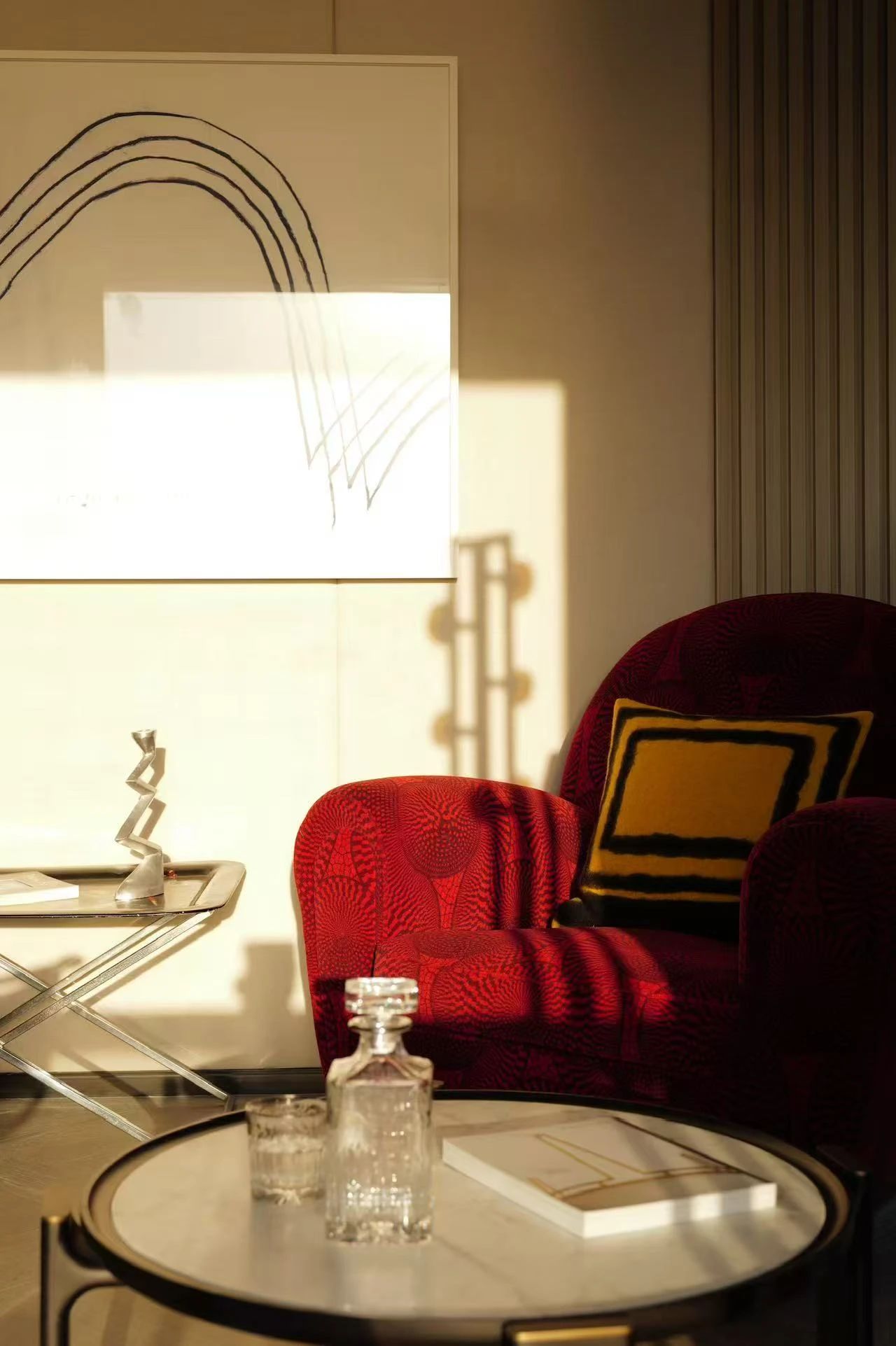Mikolai Adamus Proposal for a New Aquarium in Gdynia
2014-11-15 01:00
来自设计师:设计的主要重点不是建筑的创造,而是创造一个地方的尝试。南码头是一个特色独特的区域。它最远的一点绝对是最重要的部分。本地土地用途计划假定码头的尽头不应有建筑物。然而,问题是如何使人们更热衷于在这个地方消磨时间。
From the designer: The main emphasis of the design is not so much the creation of a building, but an attempt to generate a place. The South Pier is an area of unique character. Its farthest point is definitely the most important part. The local land use plan assumes that the end of the pier should remain without buildings. Nevertheless, the question arises of how to make people more keen to pass time at this location.
A Building for the Square
除了加强这个地方的特色外,还需要激活码头的末端,创造吸引更多人的景点。然而,这肯定不是一个标志性建筑的地方,而是一个非常朴素的建筑,不会吸引人们对周围海洋和景观的关注。它是一个建筑从属于功能的地方,没有不必要的细节。这是因为,在这个地方,人们,他们的互动和他们的周围是最重要的。
Apart from strengthening the identity of the place, there is also a need to activate the pier end and create attractions, which will draw more people there. It is, however, certainly not a place for an iconic building, but for a very plain building that will not draw attention away from the surrounding sea and landscape. It is a place where architecture is subordinated to function, devoid of unnecessary detail. This is because, in this place, people, their interactions and their surroundings are of paramount importance.
建议的建筑由四个主要相互依存的部分组成:立面部分、广场上方部分、屋顶部分和广场下方部分。只有将这些元素并置,才能充分发挥这个位置的潜力。
The proposed construction consists of four main interdependent parts: the elevation, the part above the square, the roof and the part below the square. It is only the juxtaposition of these elements that enables the full potential of this location to be realized.
标高:桥墩端将比目前的高度高出2米。广场本身只会提高到所需的高度,以便能够看到南码头尽头的景色,并提供一个步行的目的地。
The elevation: The pier end will be elevated by 2 meters above its current height. The square itself will only be raised to the height required so as to be able to see the view at the end of the South Pier and so as to provide a destination towards which to walk.
广场上方的部分:海拔上方的部分形成一个不受天气影响的广场。同时,从正方形上方的部分可以看到下面正在发生的事情。
The part above the square: The part above the elevation forms a square protected from the weather. At the same time, it is possible to see from the section above the square what is going on below.
屋顶:这是一个额外的观景台。这是另一种凸起的广场,这一次没有发现,这使得一个广泛的观点可以被调查,例如在格蒂尼亚经常举行的赛马会期间。
The roof: This constitutes an additional viewing terrace. It is another type of raised square, this time uncovered, which enables an extensive view to be surveyed, for example during the regattas that frequently take place in Gdynia.
广场下方的部分:提升广场提供了在这个地方创造特色的机会,这可能会吸引新用户来到码头的尽头,也吸引已经到达码头的用户感兴趣。
The part below the square: Elevating the square provides the chance to create features in this place, which could attract new users to the end of the pier and also interest users, who have already reached it.
实现尽可能大的透明度是最重要的目标。这个想法是让里面的使用者感到在广场上不受天气的影响。然而,这座建筑是为了向旁观者展示尽可能小的障碍。晚上,建筑物的玻璃高地就像一盏照亮周围环境的灯。
Achievement of the greatest possible transparency was the most goal. The idea was for the user inside to feel sheltered from the weather in the square. However, the building was to present the smallest possible barrier to an observer outside looking at the views. At night, the glass elevations of the building would act as a lamp illuminating the surroundings.
除了透明度外,灵活性是建筑物上部的第二个方面。在正常使用期间,建筑物应尽可能透明,但应具备举办各种特别活动所需的设施,如讲座、展览或宴会。
Apart from transparency, flexibility constituted a second aspect for the upper part of the building. During normal use, the building should be as transparent as possible, but it should have the facilities required for the organization of various types of special events, such as lectures, exhibitions or banquets.
南码头上的水族馆是每一次去格蒂尼亚旅游和学校旅行的必经之路。海洋水族馆的管理部门已开始考虑扩建该建筑物,以引进新的景点。然而,现在应该考虑的问题是,是否要扩建一座不完全满足现代海洋馆要求的建筑物,还是建造一座新建筑,其结构和吸引力与欧洲其他国家的结构和吸引力相匹配。
The Aquarium on the South Pier is an obligatory stop for every tourist and school trip to Gdynia. The management of the oceanarium have started to consider extending the building so as to introduce new attractions. It is however time to give thought to the question of whether to extend a building that does not fully satisfy the requirements of a modern oceanarium, or whether to construct a new building with a structure and attractions that match those of others in Europe.
Fibonacci and the Golden Ratio
在设计建筑物时,我试图使用黄金比率和斐波纳契序列来创建构图线来定义我的建筑的基本几何表达式。我用这些比例创造了建筑的轴线和高度。考虑到建筑物的功能与自然之间的联系,这似乎更为恰当。有趣的是,斐波纳契的螺旋出现在自然界,星系的形成,飓风的形状,贝壳和植物中。在许多植物中可以看到螺旋线。例如,菠萝的果实显示了8条这样的直线在一个方向上运行,5或13条直线在相反的方向上运行。
When designing the building, I attempted to use the golden ratio and the Fibonacci sequence in order to create compositional lines to define the fundamental geometrical expression of my building. I used these proportions to create the axis and elevation of the building. This seemed to be even more appropriate given the links between the function of the building and nature. Interestingly, Fibonacci’s spiral occurs in nature, in galaxy formations, shapes of hurricanes, shells and also in plants. Spiral lines can be seen in many plants. For example, the fruit of the pineapple shows eight such lines running in one direction and five or thirteen lines in the opposite direction.
 举报
举报
别默默的看了,快登录帮我评论一下吧!:)
注册
登录
更多评论
相关文章
-

描边风设计中,最容易犯的8种问题分析
2018年走过了四分之一,LOGO设计趋势也清晰了LOGO设计
-

描边风设计中,最容易犯的8种问题分析
2018年走过了四分之一,LOGO设计趋势也清晰了LOGO设计
-

描边风设计中,最容易犯的8种问题分析
2018年走过了四分之一,LOGO设计趋势也清晰了LOGO设计
















































































